Prototype Development Group and the 2013 edition of the 25hrs of Thunderhill.
Every good story has a distinct beginning, middle and end.
The story of Prototype Development Group and their 2013 campaign is no
different.
The beginning….
After a good, but not great showing at the 2012 Edition of
the 25hrs of Thunderhill, team PDG owners Yvonne & Richard Migliori committed
to a full racing schedule for 2013. Operating on the theory that iron sharpens
iron, the focus was on competition and lots of it to gain more experience for
the team and drivers and a deeper knowledge of the strengths and limitations of
the Factory Five Racing GTM and of their competitors cars. To that end, Team PDG entered 5
endurance races in the ES class and 10 sprint races in Super Unlimited.
The results? In the endurance races team PDG collected podium finishes in 100% of the races including a spectacular overall win at Miller Motorsports Park in Utah and their 2nd NASA WERC series championship. In sprint races team PDG collected podium finishes in 90% of the races and again, won the series championship.
An utterly dominant collection of podium finishes in 14 out of 15 races entered and 1st place in 10 out of 15.
The results? In the endurance races team PDG collected podium finishes in 100% of the races including a spectacular overall win at Miller Motorsports Park in Utah and their 2nd NASA WERC series championship. In sprint races team PDG collected podium finishes in 90% of the races and again, won the series championship.
An utterly dominant collection of podium finishes in 14 out of 15 races entered and 1st place in 10 out of 15.
While bringing home the hardware is great, the greater value is in the knowledge gained. The best example of this is found in PDG’s partnership with Mendeola Transaxles. The development of Mendeola’s road racing transaxle accelerated through the race experience gained with PDG in the 2013 season. The result is a highly dependable system that not only works spectacularly for Team PDG but will provide a great solution for other racers as well. PDG and Mendeola have another development project in the works that will make the car faster, more reliable and provide a more attractive product to Mendeola’s customers.
A key player in the success of the PDG GTM is MyRaceShop. They have developed many of the components that have been instrumental in attaining the reliability demonstrated in the teams results. Custom stub axles, 1/2-shafts, quick change alignment shim kits, wings & other aero bits and exhaust are just some of the development projects that we've partnered on. Incidentally, many of those items are available to the broader GTM community as upgrades to the standard Factory Five kit.
The team partnership with Baja Designs has netted gains as well. The lighting solution adapted from technology developed in the off-road racing environment provides a new margin of safety for the drivers through improved visibility and the ability to modulate the amount of front lighting as race conditions require.
The middle…..
The problem is that a race car has only so many laps in it before something inevitably will break and every practice lap gets them closer to that point. Add in the risk of accidental car/car contact and you have a recipe for starting a very tough endurance race at a distinct disadvantage. Based on prior experience, Team PDG intentionally limited pre-race practice to little more than what was required to heat cycle the tires, bed brakes and do final systems checks.
This event is, after all, an endurance race and starting grid position isn’t horribly critical except for a desire to be in front of, rather than in the midst of, the first lap shenanigans caused by over-amped drivers trying to win the twenty-fifth hour..... 45sec into the first. That said, you still WANT to qualify well, if for no other reason than to show some pace to your competitors.
Pure mayhem.
We like Steve Zadig, but we made him qualify the car anyway.
Amongst our drivers he has the most night laps at Thunderhill and given his
pace at our last test session we felt good about our chances for an excellent
qualifying result.
We were able to get a few laps in but the opening minutes of the qualifying session were an absolute madhouse so we brought Steve into the hot pit. The goal was to wait for things to settle down or to pounce on a large gap in traffic and put down a flyer. When a gap presented itself we sent him back out with one car to pass to gain more than enough open track to lay down an excellent lap. That one car, an E-30 BMW on cold tires, provided an alternative outcome. One in which the E-30 slid off line mid corner, colliding with the left-front of the Factory Five Racing GTM and bending the steering linkage.
We were able to get a few laps in but the opening minutes of the qualifying session were an absolute madhouse so we brought Steve into the hot pit. The goal was to wait for things to settle down or to pounce on a large gap in traffic and put down a flyer. When a gap presented itself we sent him back out with one car to pass to gain more than enough open track to lay down an excellent lap. That one car, an E-30 BMW on cold tires, provided an alternative outcome. One in which the E-30 slid off line mid corner, colliding with the left-front of the Factory Five Racing GTM and bending the steering linkage.
Bummer.
All turned out well enough though as our initial time put us
in the middle of our class. Team PDG’s lead engineer, Jim Haussler deftly repaired the steering linkage and within minutes we were ready to go
for the race the next morning.
Due to the stellar preparation of the car, we had little to
do on Saturday morning before the race other than cleaning windows, checking
and re-checking tire pressures and getting a good breakfast into our bellies as
we watched a gorgeous, if a bit cold Northern California winter morning bloom
before us. In a few hours, our lead driver Davy Jones, the last American to score
an overall win at the 24hrs of LeMans would take the green flag.
Endurance racing is a thing apart from other motorsports. It’s not a test of who can build the fastest car. It’s not a test of who is the fastest driver. What it is, is a test of fortitude, of commitment, of accountability, of leadership and of how you perform, not when things are going great, but when absolutely everything......goes absolutely wrong.
“Davy, the car is on fire. It’s bad. Head for the turn 10 flag stand and get out. Get out. Get out NOW!”
The sense of urgency in the pit went full-scale. Every crew-chief along the entire pit lane was immediately alerted to what was happening. We could feel their eyes on us and see the unspoken words on their faces. PDG crew members raced across the paddock to the back straight to assess the situation. Necks craned to get a look to ensure Davy was out of the car. A wife and young daughter stood horrified and helpless as we tried to tell them he’d be fine.
“You’re doing WHAT?”
A question that we’d hear repeated hundreds of times over
the next 23 hours…. After the crash truck dropped off the car, we rolled it
into the pit stall and wrestled off or cut away the still smoldering bodywork. Everything
from the driver’s seat aft was in one or more of the following conditions;
Melted, charred or coated in a caustic crust of dry chemical fire retardant and
AFFF. I noticed a growing column of light smoke coming from the cockpit and
peered in to find that the cover on the racing seat had re-ignited. I grabbed a
bucket of water and was dousing the flame when I heard Richard, standing at the
back of the car with Yvonne utter the most unlikely combination of words
possible at that time. So startled by what I heard I hit my head on the roll
cage.
“Ok, let’s fix it.”
The first order of business was of course, to determine the
cause of the fire. As it turned out, a union that connects the chassis fuel
system to the fuel distribution rail on the LS engine failed. It didn’t come loose;
it wasn’t improperly installed; both portions of the union remained securely
attached to their respective assemblies. It failed internally and fell apart.
In so doing, it doused the left side of the engine and exhaust in gasoline.
More on this in the post script.
 |
| 480hp lightly toasted |
A number of brackets and supports in the engine compartment were compromised by the fire and had to be fabricated on site by Jim Haussler or Richard. Darryl and I had to “paddock engineer” a means of flaring the lines to replace two fire suppression system nozzles that were damaged by the fire and had to be cut off.
 |
| Thanks for all the help Al! |
Jim Haussler and Mike Holland did a great job managing the
entire task. When Richard, Ray, Will and Robert returned with the new engine
and critical parts needed for the installation all was ready for the swap to
begin. Accessory drives, exhaust and electronics were installed and in short
order, the new engine was mated to the transaxle and it began going into the
car.
A persistent problem with the LS engine MAF sensor was identified that was causing the engine ECU to go to a default rich condition. The only solution was replacement. We decided not to cannibalize the part from someone’s street car in the event that something else went wrong and damaged it. We’d have to wait until the nearest auto parts store opened on Sunday morning to get the part. Yvonne was waiting at their doorstep when they opened and dashed back to Thunderhill and we were back in business.
All told, Team PDG completed just 44 laps and finished 661 laps behind the race winning Rotek Audi. But we finished and in so doing completed one of the most impressive undertakings I’ve ever seen in racing. The effort did not go un-noticed by the rest of the field and the race organizers. The Rotek team held the field back and ensured that ours was the first car back onto pit lane after the checkered flag flew and the race organizers presented Yvonne and Richard with the newly minted “Spirit of Thunderhill” award for a team effort that embodied the spirit of the 25hrs of Thunderhill.
The ending…
The usual post 25hr process for team PDG is to bring the car
back to the shop in Stockton, wash it and then not touch it again for about two
months. So involved is the preparation for that race and so strenuous is the
race itself that Yvonne and Richard want to give themselves and the members of
the team ample time to rest, recover and reconnect with family before working
on the car for the next season. That would not be the case this year.
The first task was halting and repairing the corrosion
caused by the caustic firefighting materials used on the car. A new firewall
would be fabricated and installed along with dozens of brackets and panels
followed by a repaint of the engine compartment. The right side fuel cell,
isolated out during the in-race repair due to electrical damage would be
removed from the car, repaired and replaced. The entire electrical system and
entire fuel and oil distribution system would be replaced. Extensive damage to
the composite body of the GTM would be repaired and repainted as well. Numerous
driver safety upgrades would be made along with a complete re-engineering of
the fire suppression system utilizing the advice of NASA tech inspector, Alan
Blaine.
All told it would take over 12 weeks of late evenings and weekends to completely rebuild the car ahead of the first race of the 2014 campaign to take place in Mid-February.
In all honesty we looked at this race, a 2hr endurance event at Sears Pt. as a shakedown. An opportunity to run the car, ensure everything was correct after the extensive repairs and find out what if anything still needed to be fixed.
Emotions ran justifiably high the first time the Factory Five Racing GTM passed us at full song. All present recognized how close we’d been to genuine tragedy and the superhuman efforts required in bringing the car to this moment. None of us imagined at that point what would happen next.
The 2014 season would begin just as 2013 did with the Factory Five Racing GTM
being reasonably quick, dead reliable and most importantly, atop the podium.
…..post script.
As mentioned above the fire was caused by a failure of an aftermarket
union between the AN chassis fuel line and the GM fuel distribution manifold on
the engine. Again, the union didn’t come loose; it wasn’t improperly installed;
both portions of the union remained securely attached to their respective
assemblies. It failed internally and fell apart. A part that probably cost $2
to make (though it sells for 9x that) failed and nearly killed a man while his
wife and daughter were watching. In the
aftermath of this incident it has come to our attention that we are one among
no less than 8 known failures of this particular component. Unfortunately, due
to legal reasons I am not at liberty to disclose the manufacturer of this
component.
There are two ways you can accomplish this task shown below. You can either weld an AN fitting onto the OE distribution manifold or you can utilize an aftermarket billet fuel rail with AN connections between the two rails and to the chassis fuel system. Any other solution is, in our opinion, unsafe and puts you and your vehicle at significant risk.
For Media or Business Inquiries Contact:
Prototype Development Group
vonrace1@sbcglobal.netMendeola Transaxles
http://mendeolamotors.com/trans-proto/1695 Cactus Rd.
San Diego, CA 92152
(619)710-8800
My Race Shop
701 B St Ste 1830San Diego CA, 92101
http://www.myraceshop.com/index.html
tech@myraceshop.com
Baja Designs
http://www.bajadesigns.com/info@bajadesigns.com
Race photos courtesy of: http://www.headonphotos.net/
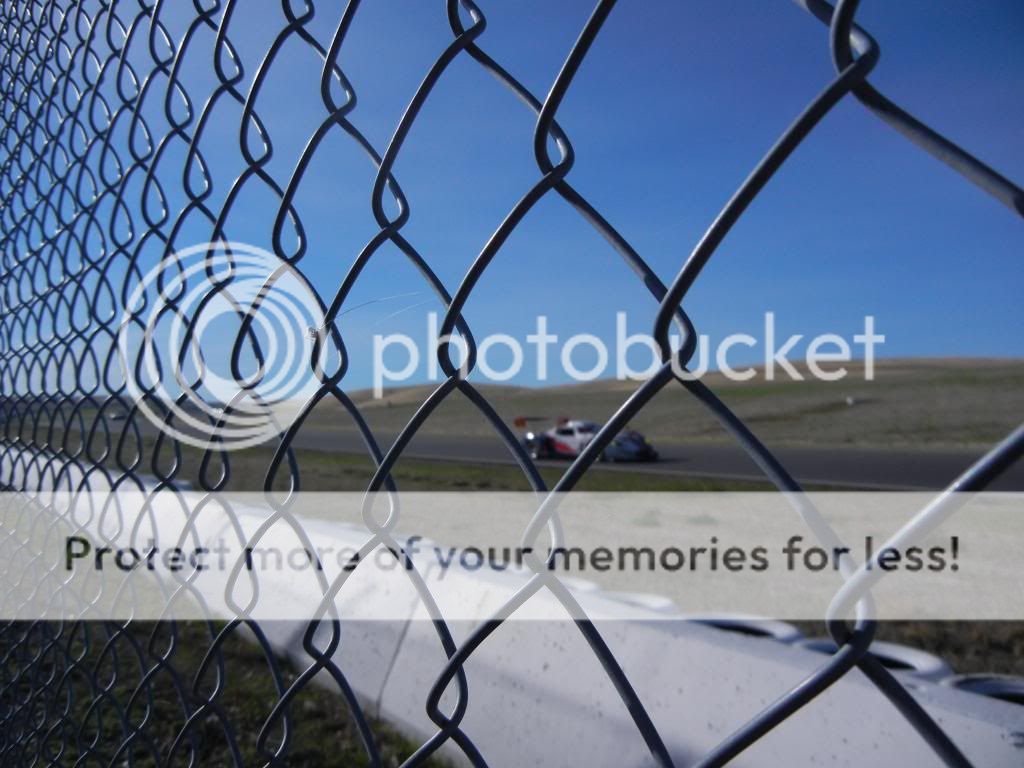

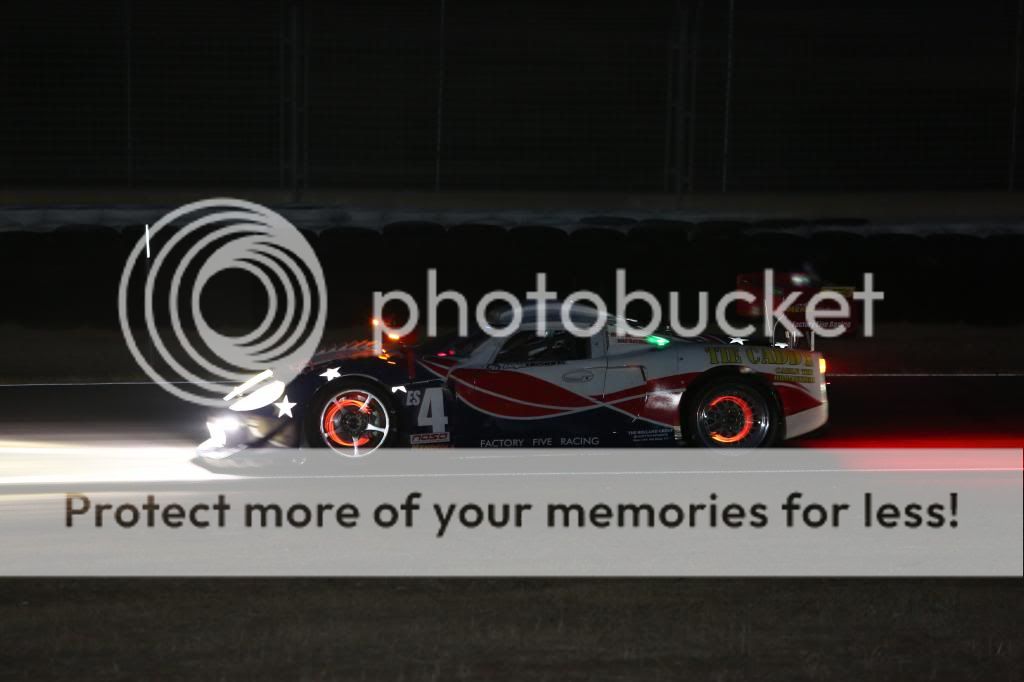

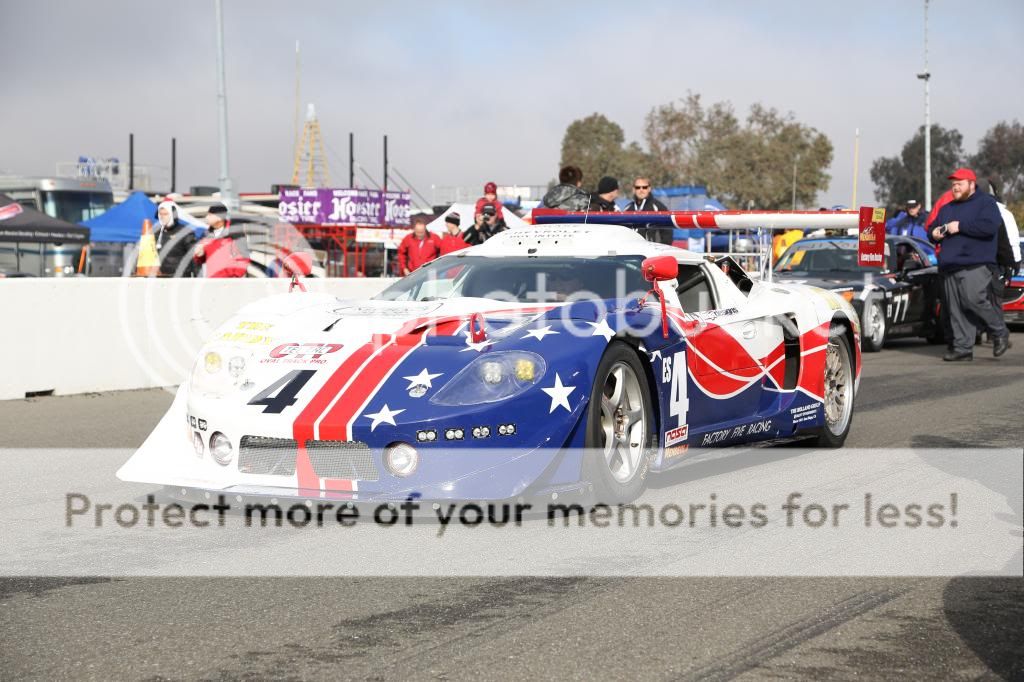


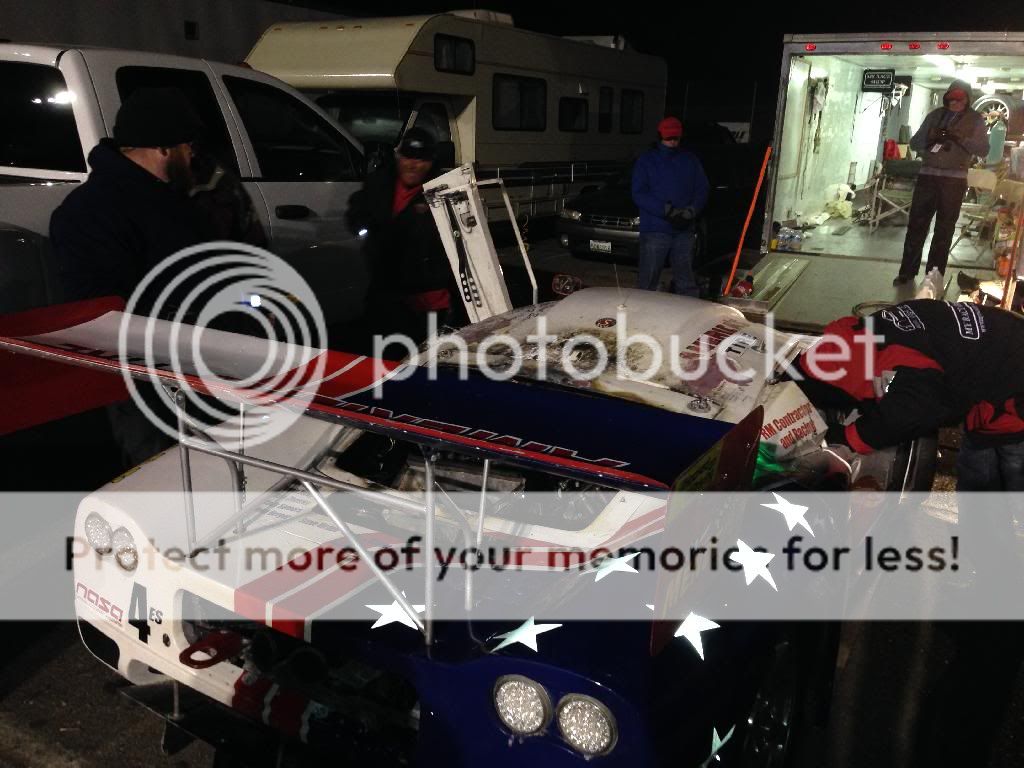
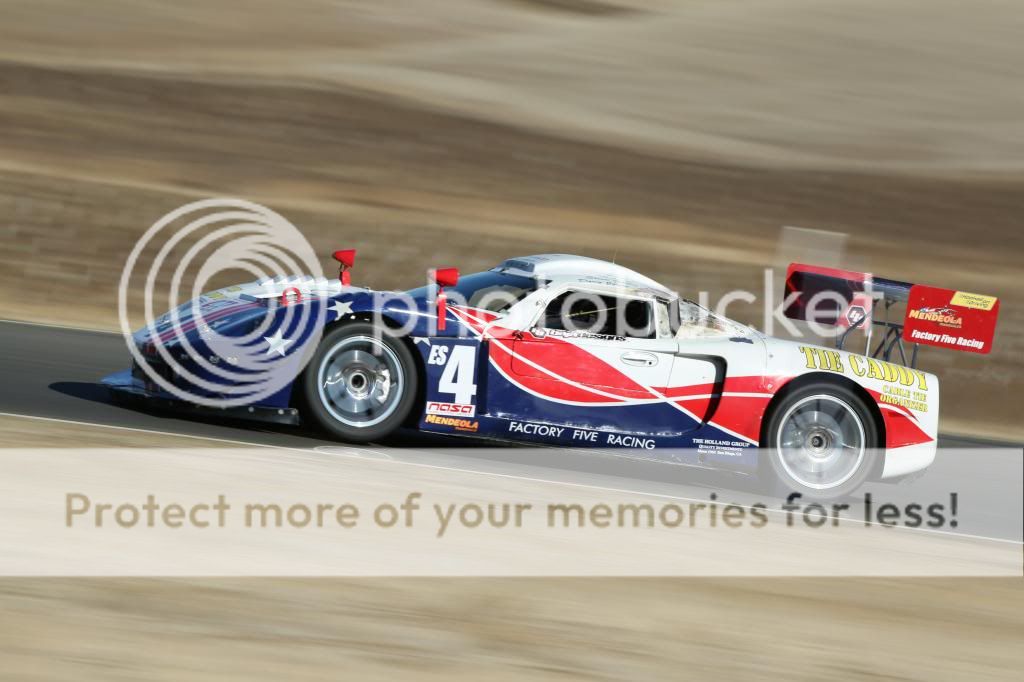




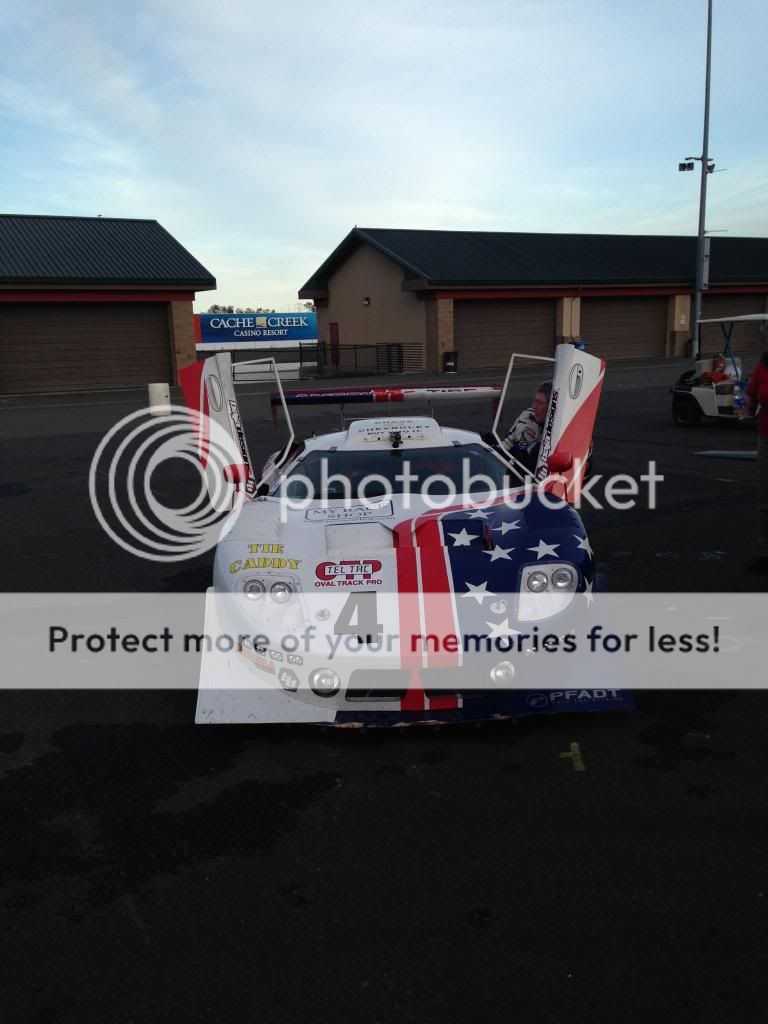


I really love reading and following your post as I find them extremely informative and interesting. This post is equally informative as well as interesting . Thank you for information you been putting on making your site such an interesting. Blogs Chassis Up Okay Links in Hunting Engines
ReplyDeleteThis is a great example of how racing can lead to real-world advancements.
ReplyDelete